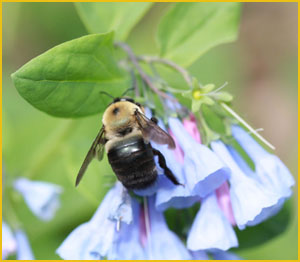How-To: Native Plants
Celebrate Wildflowers/Native Plant Materials
http://www.fs.fed.us/wildflowers/Native_Plant_Materials/index.shtml
From the U.S. Forest Service
Native plants are valued for their economic, ecological, genetic, and aesthetic benefits in addition to their intrinsic value as living species. The use of native plant material (seeds, cuttings, plants) in vegetation projects plays an important role in the maintenance and restoration of native plant gene pools, communities, and ecosystems, and can help reverse the trend of species loss in North America.
Native Plant Database
http://www.wildflower.org/plants/
From the Lady Bird Johnson Wildflower Center
This native plant database is an amazing resource about plants throughout the U.S. For any species, learn where it grows, when it’s blooming, color of its flowers, whether it need dry or moist soil, and much more!
Plants Database
http://plants.usda.gov/java/
Look up most U.S. native flowering plants here. Search by common name or scientific name, see what they look like, and learn if they'll grow in your area.
Why Use Native Plant Materials?
http://www.fs.fed.us/wildflowers/Native_Plant_Materials/whyuse.shtml
Learn how and why. These important plant species provide nectar, pollen, and seeds that serve as food for native butterflies, insects, birds and other animals. Unlike natives, common horticultural plants do not provide energetic rewards for their visitors and often require insect pest control to survive.